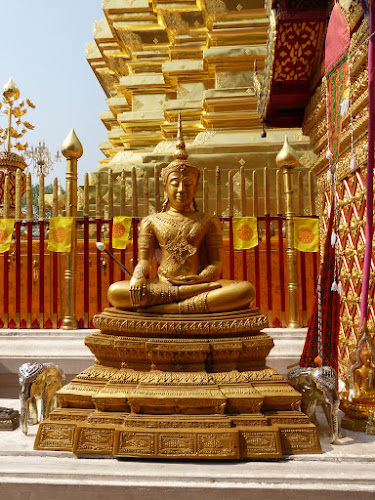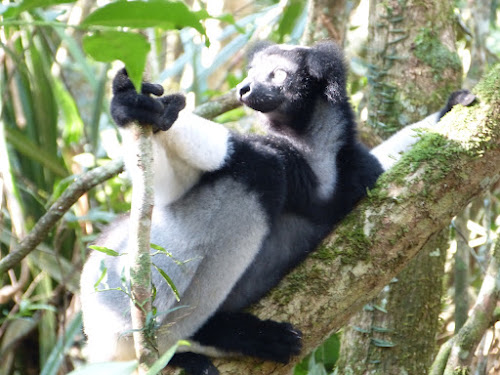Our travels brought us to the lively yet serene town of Luang Prabang in north central Loas. The town of 45,000 was named a UNESCO World Heritage site in 1995 to protect its rich, but fragile monastic culture and traditional architecture.
In her carefully researched book, Ancient Luang Prabang, Denise Heywood observes that, "populated by monks -- although increasingly by tourists -- the town resonates with a spiritual aura. Yet, in spite of the growth of tourism, it still has an atmosphere of seclusion, a place apart from the the modern world."
The experience that best captured this spiritual quality for us was the early morning offering of alms to the monks. This offering is a way of earning merit. The Lao people believe that making merit regularly will bring them happiness, peace and other good things. It is through the gaining of merit that a person strengthens their ability to overcome life's obstacles, and ultimately, reach nirvana or divine peace beyond this world.
The giving of alms is one common way to gain merit. At 6 am we gathered on the main street with other local people and tourists to offer alms to the monks. In Luang Prabang there are about 300 monks living and studying in the many temples and they depend on alms for their two daily meals.
Silently we placed sweet sticky rice in their alms bowls as they passed. The rice sticks to itself and easily forms into a ball, but it doesn't stick to your fingers. It is very rich and sweet-tasting. The sticky rice was prepared for us and stays surprisingly warm in the small round rice box, if you keep it covered.
It is customary for men to stand to offer the alms. It is acceptable to glamce at the monks, but but out of respect you are not supposed to make eye contact. I stepped away from our place to take photos. Only the novices, would accept alms from me, a woman tourist. All seemed happy to accept alms from Rob, that very tall tourist!
The monks cover themselves fully with their saffron-colored robes, while the novices are bare-armed. The youngest novice brings up the rear of the line. The giving of alms is repeated every day.


















































